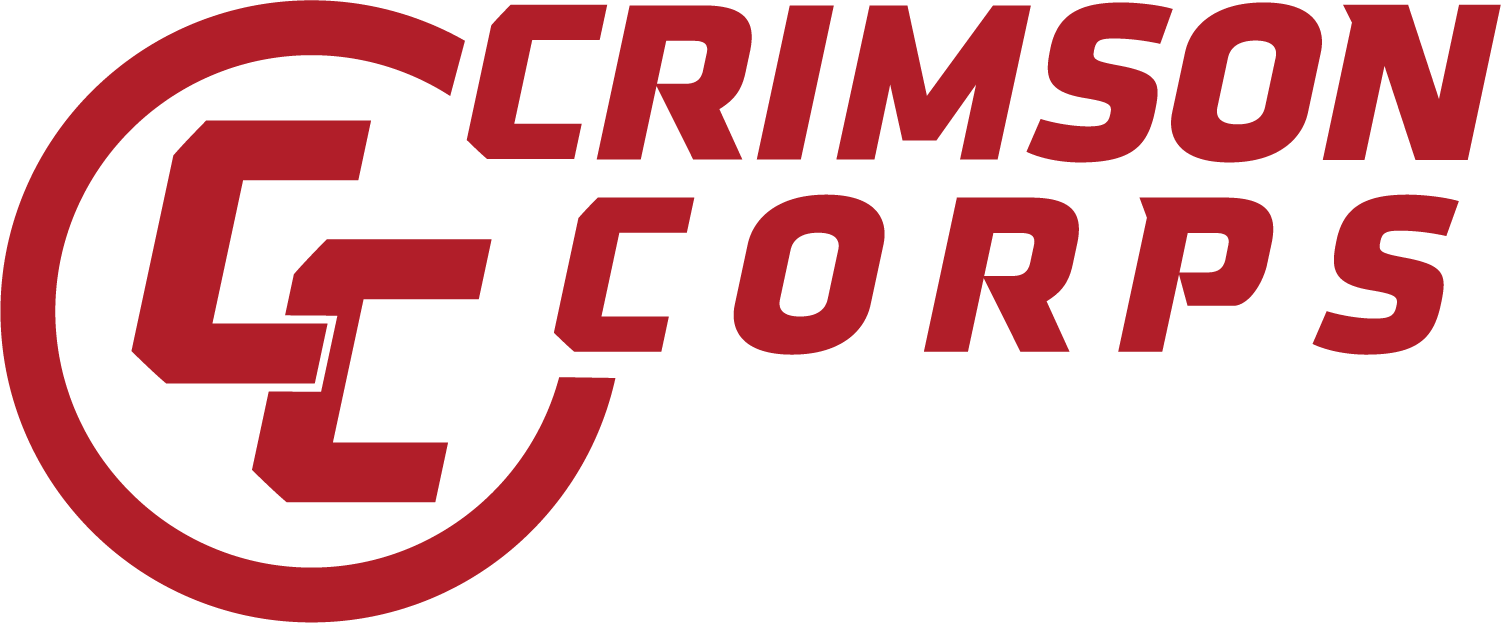How’s that saying go? “If you do something you love, you’ll never work a day in your life?” That fits Jason Clark, Crimson Trace® product manager for sights and scopes. His passion and his profession are firearm optics.Clark spent his lifetime fascinated by shooting and hunting. His father ran the regional SWAT team in Central California, and in lieu of baseball prac-tice, the two of them would shoot together until dark. After college, he landed a dream gig working for a military contractor in his hometown that manufactured laser-aiming solutions. Here, he merged his love of firearms with cutting-edge technology, a passion that extends to his work at Crimson Trace.
Here is Clark’s advice on how to properly mount, sight-in and maintain riflescopes:
Here is Clark’s advice on how to properly mount, sight-in and maintain riflescopes:

Step 1: Buy Appropriate Rings and Bases
The new riflescope offerings from Crimson Trace are mighty impressive. But without correct rings and bases, they won’t do you much good, so purchase appropriate rings and bases from high-quality manufacturers and heed their instructions on how to install them on your rifle.
Step 2: Set Proper Eye Relief
Before installing the top rings, set the eye relief. Turn the scope to max magnification and go to an area with a target of acceptable background. Be sure to hold the rifle in the way you will use it. A hunting rifle, for example, may be set while holding the rifle offhand. If it’s a precision rifle meant for matches, get a bench or use barricades for positional shooting to properly set the eye relief.
Set the riflescope in the rings and slide it as forward as possible while maintaining a full image. A black shadow is a sign of incorrect eye relief. If you have a buddy nearby, they can make this process easier by moving the scope while you hold the rifle.
Once you determine the correct eye relief, double-check the leveling position.

Step 3: Level the Scope
Once you have the rings in position, it’s time to get the scope leveled. Scope leveling was once an art form that required patience, a series of magnets, levels and luck. Not any longer. Each Crimson Trace riflescope features laser-etched leveling scope body indicators. Simply line them up with the rings for the perfect level each and every time. Halleluiah!
Step 4: Install Top Rings
Insert the top rings and bring the screws down finger tight, double checking things haven’t moved. Clark is a mechanic by hobby, so he’s meticulous about torque specs. He recommends using Fix It Sticks (available at crimsontrace.com), which have torque limiters.
Start with a corner and screw it halfway down. Go to the farthest corner screw next, using a figure-8-type pattern. Keep going until all the screws are properly torqued to spec. Clark says this should take three passes until finished.
But don’t over-torque, that is bad, very bad. Inside the aluminum tube are a series of lenses built — and set — to exact specifications, so don’t overtighten the screws. Quality ring manufacturers often use locking adhesive on their screws. If none is present, Clark suggests using medium-strength Loctite.
Congrats! Now your scope is roughly mounted.

Step 5: Let Things Settle
Scopes and rings may feel smooth and even, but on a microscopic level, they contain pores and ridges. Clark says that whenever metal parts are fitted together, they’ll need time to settle and find their comfortable position. How do you settle them? Simple. Go fire a few rounds.
Five rounds should produce enough recoil to jostle everything enough to get the metal seated. Confirm this by checking all the screws to make sure they are tightened to spec.
Step 6: Ready to Zero
Now that your scope is properly attached, it’s time to zero the rifle. If the firearm uses a removable bolt, pull it out of the gun. Prepare a target by pasting a white poster sheet of paper at 100 yards. Place a .75-inch dot in the center.
At the shooting bench, set the rifle in a vice or use a bipod and sandbags. The key is to make the rifle as steady as possible. Manually boresight the rifle by looking looking through the barrel and centering the dot. Without touching the gun, adjust the turret so the reticle is pointing at the same dot. You’re not yet zeroed, but you should be on paper.

Step 7 : Fire a Round
Next, load a single round and send it downrange. If the shooter does their job, the bullet should land on the paper.
If using a first-focal-plane (FFP) reticle with marks on it, such as Crimson Trace’s LR1-MIL, the reticle will allow you to measure the exact difference between point of aim (POA) and point of impact (POI). Now adjust the scope based on the measurements.
Always remember to move the bullet POI. If the bullet landed low and to the right, adjust the turrets up and to the left.
Now you should be zeroed, but it’s wise to confirm, so fire another shot. If you’ve done everything properly and are using an accurate rifle, the impact should be on the .75-inch dot.
Step 8 : Reset Turret to Zero
Now that you’re zeroed, loosen the set screw(s) and adjust the dial to zero. Then tighten the set screw(s) back on. Voila! You’re done!


